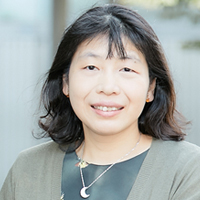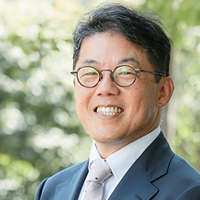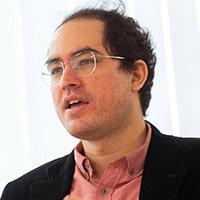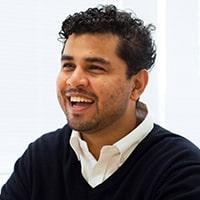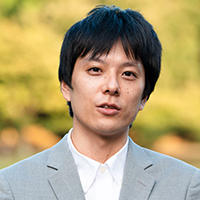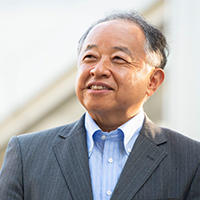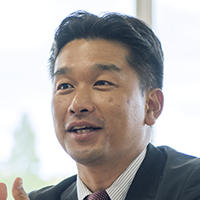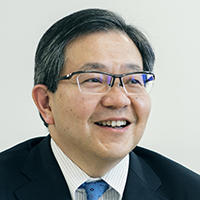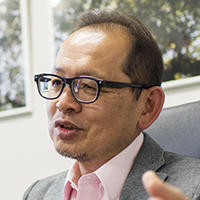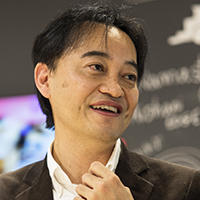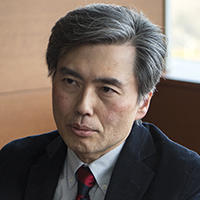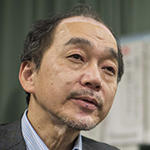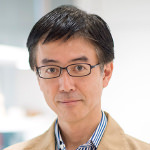SDM Voice|Prof. Shinichiro Haruyama
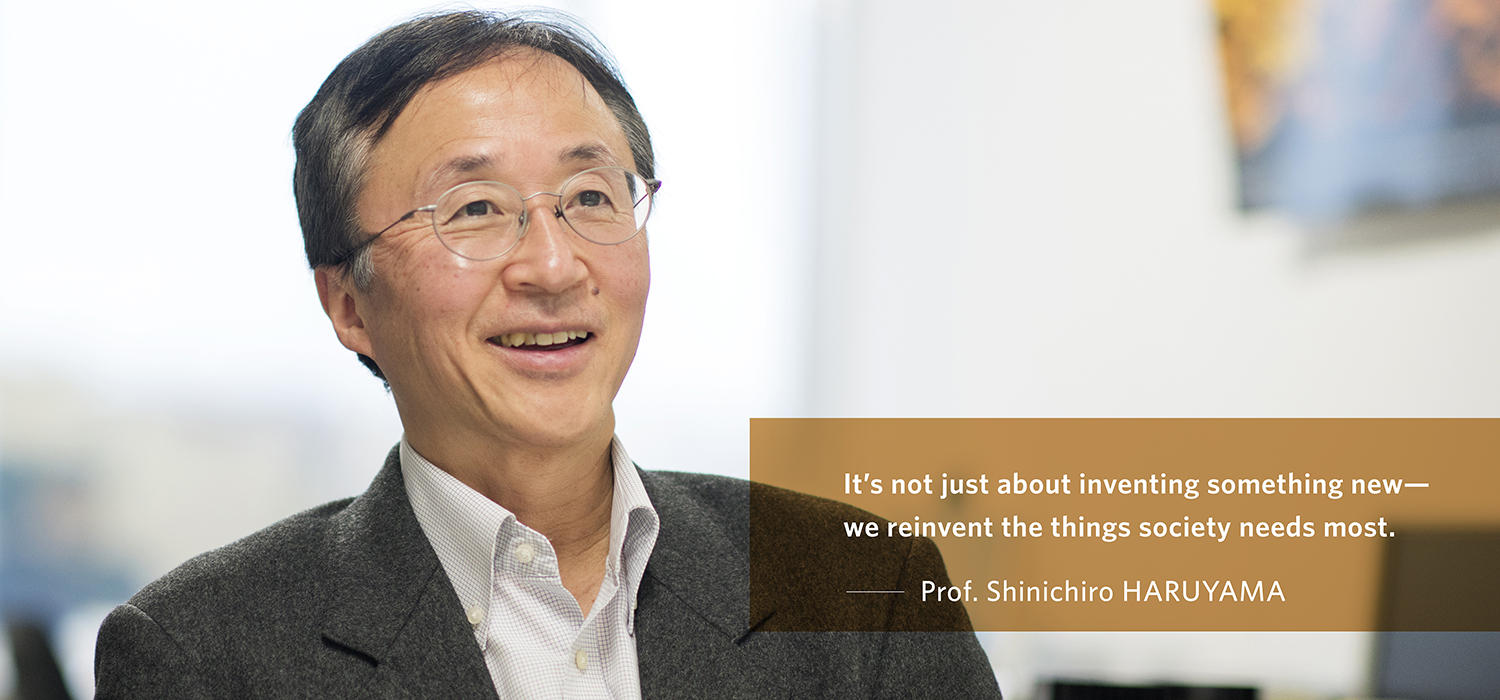
Prof. Shinichiro Haruyama brings over a decade of American academic and work experience to the classroom, honing pragmatic research that listens to clients and benefits society. We sat down with Prof. Haruyama to hear his take on proposing practical solutions and inventions in a variety of fields and disciplines beyond academia.
Profile
Prof. Shinichiro Haruyama
Professor, Graduate School of System Design and Management, Keio University
Shinichiro Haruyama obtained a Master's degree in Electrical Engineering and Computer Science at the University of California, Berkeley and a Ph.D. in Computer Science at the University of Texas, Austin, USA. He worked for AT&T Bell Labs (later Lucent Technology Bell Laboratories) in the USA as a researcher (1991-1996) and moved to Sony Computer Science Laboratories (1998-2002). He served as visiting professor in the Department of Information and Computer Science, Keio University before becoming a professor at SDM. His research and education interests lie in total systems design--across both hard- and software--in an age of ubiquitous computing.
Being Aware of Your Social Contribution
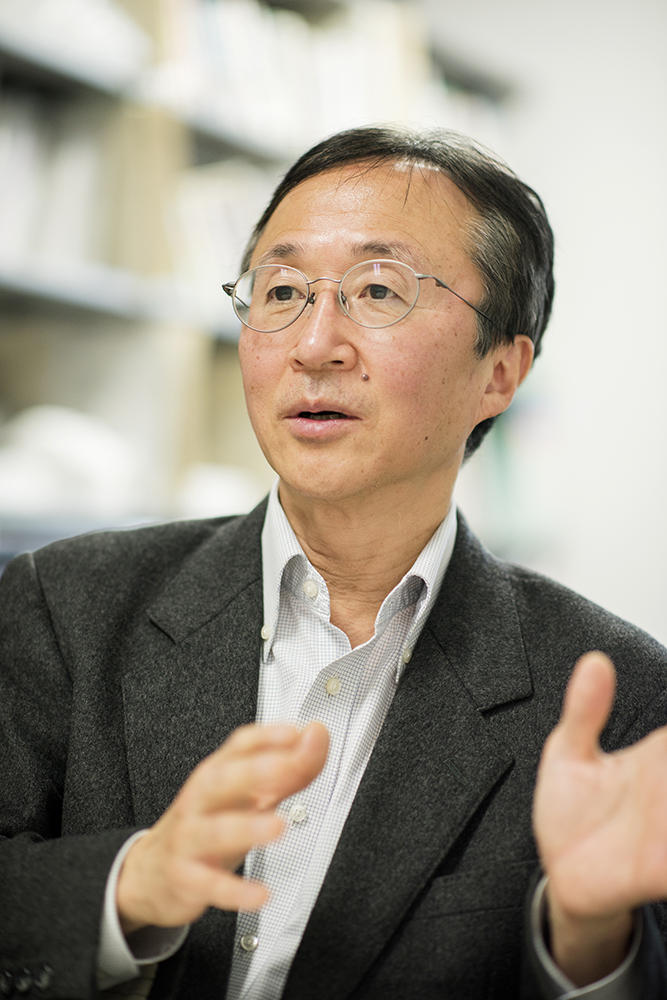 At the Graduate School of System Design and Management (SDM), we consider systems to be much broader than their technological context. While our definition of a system does refer to structures within information and communications, media, hardware, and other services, we take it one step further to include human beings, organizations, societies, and even the global environment. This broader definition allows us to explore new ideas and begin our research with society in mind. We realize that any new ideas need to be expressed in the easiest way possible, so most of our research is relatively straightforward, using easy-to-understand prototypes to explain new concepts. We are currently developing prototypes for several systems: a high-speed communications technology that you can use on the bullet train; a navigation system that relies on light rather than GPS to guide the user; and a navigation system for the visually impaired.
At the Graduate School of System Design and Management (SDM), we consider systems to be much broader than their technological context. While our definition of a system does refer to structures within information and communications, media, hardware, and other services, we take it one step further to include human beings, organizations, societies, and even the global environment. This broader definition allows us to explore new ideas and begin our research with society in mind. We realize that any new ideas need to be expressed in the easiest way possible, so most of our research is relatively straightforward, using easy-to-understand prototypes to explain new concepts. We are currently developing prototypes for several systems: a high-speed communications technology that you can use on the bullet train; a navigation system that relies on light rather than GPS to guide the user; and a navigation system for the visually impaired.
But simply making something new is not enough. For example, in communications research, we must first identify users before we can determine the services we can provide them. Before our research begins, we conduct a rigorous examination of the types of technology required, the feasibility of technological development, and the kinds of services we can provide to meet the needs of a particular group of people. We then identify the technologies required to make our ideas a reality. Only then do we begin to build our prototypes. While our research may resemble the STEM fields within the Faculty of Science and Technology, SDM is more focused on social awareness and contribution.
Customer Feedback Trumps Personal Interest
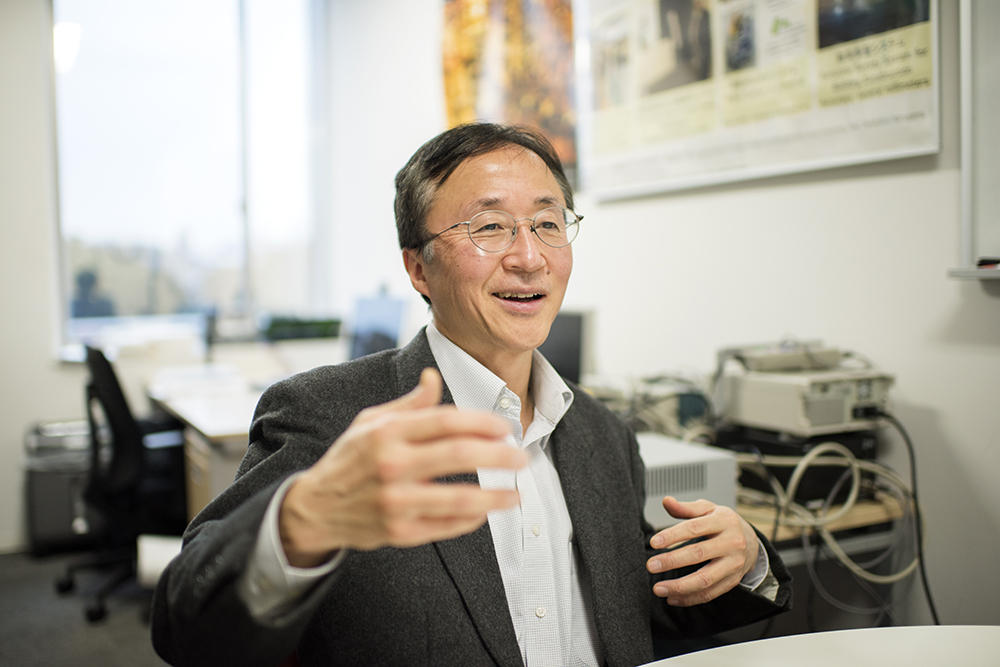
To be socially aware is akin to understanding the importance of the client. Having lived in the US for 15 years, I spent nearly a decade working as an engineer. I made plenty of products, and many times I would make something simply because it interested me. But this would often isolate the client in the process, ultimately costing me their business in the end. After a number of failures, it finally hit home just how important it is to listen to customer feedback. That realization still guides my research today. Our research at SDM begins by engaging users and stakeholders and asking their opinions. Once you understand what problems the client is facing, the rest usually falls into place. I always give this advice to my students.
Socially Relevant Research Informed by Constant Learning
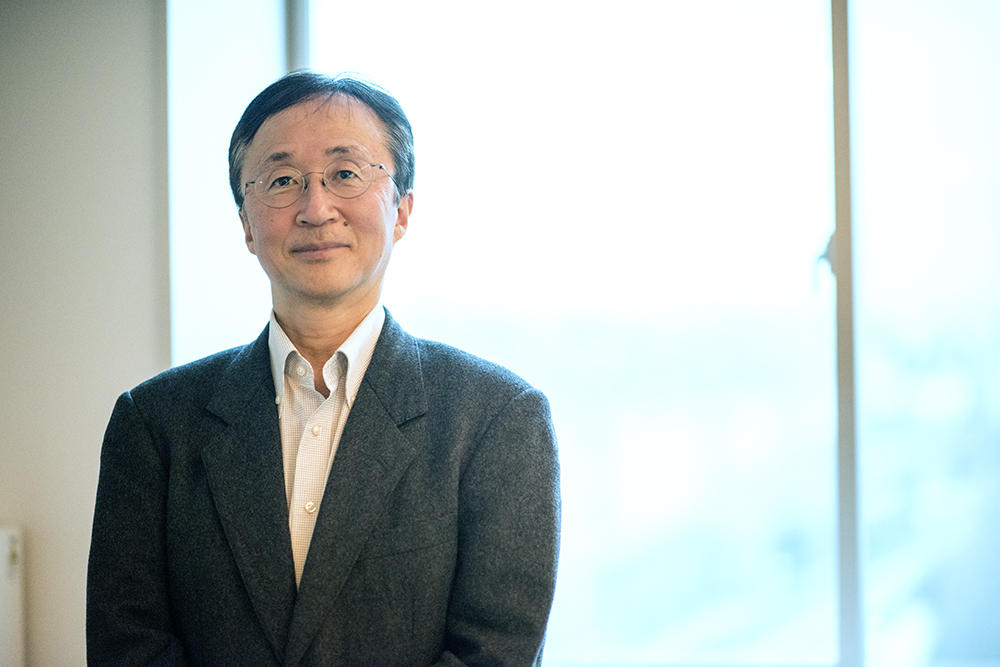
In the classroom, I'm responsible for teaching software design process theory, virtual design theory, entrepreneurial design theory, and entrepreneurship.
Software design process theory and virtual design theory are hands-on courses where students get to build things. For software design process theory, we implement changes and requests from clients while practicing agile software development, which requires speed and adaptability to succeed. While this all may sound very specialized, we welcome anyone, even those with zero coding experience.
Agile here refers to a focus on the ability to adapt to sudden changes, so I think the course can also be valuable for people coming from backgrounds in the humanities and social sciences. Virtual design theory, which I teach together with Prof. Tetsuro Ogi, is a methodology in which we create three-dimensional shapes of objects. Take a chair, for example. We take the notion of the chair and transform it into something entirely new. We first listen to the problems and needs of current chair sitters and then design a brand-new chair from the ground up to generate new demand in the market. Finally, we have users test our prototypes and give us feedback for further improvement. It's a great course for people to love to build things as well as those who want to know what goes into the development process.
A wide range of students take our entrepreneurial design theory and entrepreneurship courses, from new graduates fresh out of college to real-life entrepreneurs. For the first assignment, students are given 500 yen (approximately $5 USD) in capital to multiply outside the classroom. It's easy to turn $5 into $50, but it's extremely difficult to turn one million yen into one billion yen. Students learn the basic principles of entrepreneurship and present feasible business plans at the end of the course. Both classes offer a very practical approach. Highly motivated students will thrive here at SDM, eventually taking what they have learned here and applying it to socially relevant research and new business ventures.
SDM aspires to mirror the environment that Keio founder Yukichi Fukuzawa first envisioned--that of hangaku hankyo, or an environment where students and teachers learn from one another, regardless of age or social standing. Our student body is incredibly diverse, so even we professors have a lot to learn from our students. There is truly no better environment for intellectually curious and socially minded teachers and students to learn and grow together than right here at SDM.

